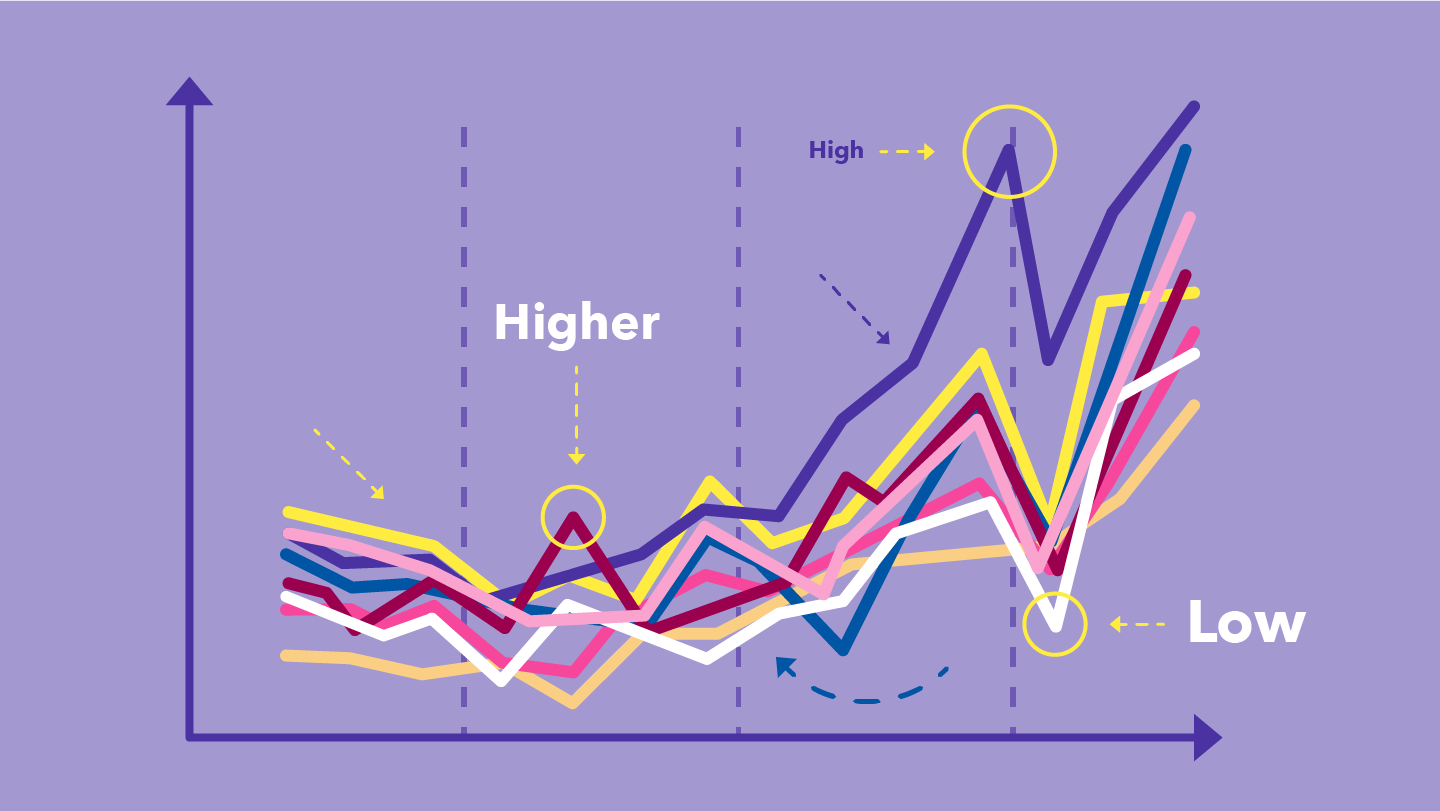Experience
How We Managed to Declutter Our Data Presentations
With “power of proof” as one of our core values, data is central to every decision we make at trivago. This means that our talents often have to process and present their findings and arguments in the form of data presentations, which is not always an easy feat. We spoke to Elena, our Marketing Projects Coordinator, who drove an initiative to empower our marketing talents to make their data presentations more digestible. Here’s what she had to say!
In Marketing we use data every day to make relevant decisions independently. Once we are done with a test or we have an interesting finding in the data, we share all useful information with our team members to adjust their projects, change the direction or support our ideas and assumptions with data. We all understand that data presentations should speak for themselves and should be easy to understand, but very often we focus on data findings (charts, tables, numbers) and we forget about the form (how to bring the data message across in the presentation).
We have noticed that all presenters show their data analysis and findings in a completely different way and sometimes it’s really difficult to understand the key messages from the presentation. Charts are difficult to read, there is a lot of text, but no summary or objective, nothing is emphasized, there are too many colours… These are just a few of the issues we had every day. That’s how we started to work on the initiative to have guidelines for data presentations with rules and advice of building data presentations.

Which steps did you take to solve the problem?
- First we analyzed existing data presentations to find problems/ difficulties and to understand what we should focus on.
- Then we did research on how the topic of data presentations is covered outside trivago. We have found a lot of studies, blogs and podcasts around this topic, which proved our assumption about the importance of this topic.
- Then we collected all valuable information, and there was a lot. We asked ourselves: What should our guidelines look like? How can we avoid overwhelming people with too much information, and make it easy to apply and to understand?
- We came up with 7 points essential for every data-driven presentation and added a short explanation and examples for each:
We tried to cover the most common parts of the presentation and not to forget about details: Data scope (local, channel, timeframe), sources and notes; descriptive and conclusive headlines, color blindness, spelling and grammar. Every time they’re preparing a presentation, marketing talents can now cross-check the guidelines to ensure their message won’t be forgotten after presenting!

What are the secrets to cracking a data presentation?
We published the guidelines in the form of the presentation and a brochure, which everyone could have on their table. The idea was to show that it’s very easy to apply these rules. When we apply these guidelines to our presentation, listeners can come up with potential action points based on data, whereas before the guidelines, the listener had to figure out how to read a graph and what it means without actively listening to the presentation.
As inspiration we actually used Marie Kondo’s approach of decluttering space to explain our concept. If you think about it, the concept is similar – when we identify and remove clutter from our visuals, the data stands out more. If you focus on the most important information, leave some space and get rid of things that don’t bring value, you’ll be more productive and efficient and your message will be much clearer.

How was it perceived by talents?
Right after publishing the guidelines, some talents started to use them in their presentations, which lead to other talents recognising the value as well – after several months we could already see a big improvement! Still there was a lot to challenge and to work on.
Our next step was to collect good examples from the pillar presentations and share with the team as a “library of examples” because it’s easier to have real work-related cases as examples. We also did a workshop during our pillar quarterly All Hands where we presented the topic of “decluttering data presentations” with a real work-related example.

How is it being used in trivago/marketing now?
Now in Marketing we try to use our data presentation guidelines every time we want to share data observations/findings with the team. It happens in our meetings, department updates and catch-ups. We’ve even tried to calculate the effect of our guidelines. Assuming conservatively that 10% of people’s time is spent in meetings where data is presented, that amounts to about 1000 meeting hours per week for the whole pillar. We aim to make meetings shorter and more productive with presentations that are simple and to the point. This could lead to a 20% increase in productivity, which would already free up 200 hours/week.
Of course there is still a lot to improve. But I think the common understanding of why we need this is established and many presentations that I’ve seen recently were much easier to digest than before.
My personal experience
For me personally this was the first big project I was working on when I started my role of Marketing pillar analyst and organisational support in marketing. To be successful with this initiative, I collaborated with the talents from different teams in Marketing. I wanted to understand what is most important for them in data presentations, how they use them and how I can improve these processes. I was surprised at how much help I’ve got from my colleagues! They shared their opinions with me, provided resources, participated in the discussion and gave relevant feedback. That’s probably why the team accepted these guidelines quite quickly – everybody was eager to contribute and to develop our presentations, as we all understand that we work in the same direction.
Thanks to Elena for sharing your experience of working on this initiative with us and for empowering our talents to declutter their data presentations!



